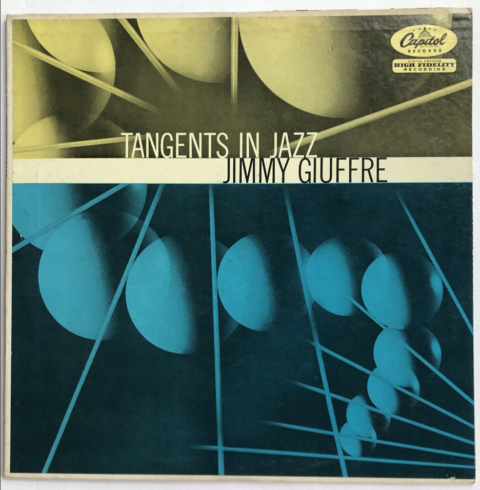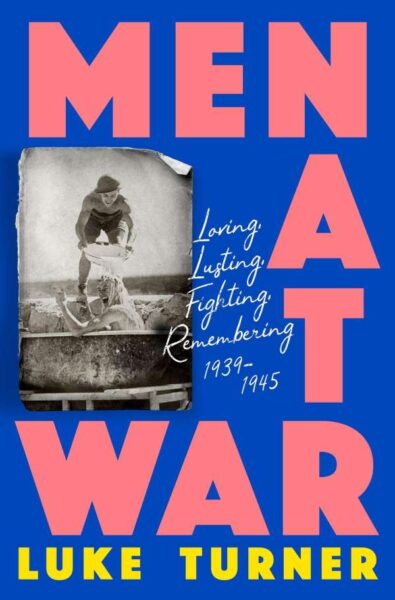In The Honest Broker, Ted Gioia recounts tracking down Jazz saxophonist Jimmy Giuffre to interview him for a chapter in the book he was writing and discovering things about team-building that he hadn’t learned at Stanford Business School:
Back when I interviewed Jimmy Giuffre, I was gigging constantly and the format was obvious. The best option was piano, bass, and drum with at least one horn. If I didn’t have enough money to cover that, I brought just a trio — piano, bass, and drums — to the gig. If I couldn’t afford that, I did just piano and bass. And if cash was really tight, I opted for solo piano.
And which players did I hire?
Back then, I wanted to play with the best of the best. I kept careful tabs on all the jazz musicians in the greater San Francisco area, and wanted to play with all the top cats. Even if I didn’t know the musician, I’d make a cold call and try to hire them, provided I could afford it. If I got turned down, I went to the next name on my list.
Didn’t everybody do it that way?
Not Jimmy Giuffre. He explained that musicians played better when they were happier. Now that was a word I’d never heard in organizational theory class.
Giuffre continued to spell it out for me — surprised that I couldn’t figure this out for myself. Didn’t I know that people are always happier when they were with their friends? So group productivity is an easy problem to solve.
In other words, if my three best buddies played bongos, kazoo, and bagpipe, that should be my group.
When I heard this, I thought it made no kind of sense. They don’t call it “show friends” — they call it show business. I couldn’t imagine following Giuffre’s advice.
But over the years, I’ve thought a lot about what Jimmy Giuffre said about group formation—which is not only unusual for a music group but also violates everything I was taught back at Stanford Business School.
[…]
Can I turn this into a rule? And, even more to the point, could you apply this to other settings? Could you start a business with this approach?
That seems like a recipe for disaster, at least at first glance.
But I now think even large corporations could benefit from a dose of Jimmy Giuffre’s thinking. One of the biggest mistakes in hiring practices, as handled by HR (Human Resources) professionals in the current day is an obsession with the “required qualifications” for the job. They won’t even give you an interview unless you mention the right buzz words on your resume. But the best people take unconventional paths, and this checklist approach will exclude precisely those individuals.
(I’ve even heard of a scam for getting interviews — which involves copying and pasting the job description word-for-word at the bottom of your resume. This apparently rings all the bells in their algorithms and gets you moved to the top of the candidate list.)
Giuffre’s quirky theory gets straight to the heart of the problems with contemporary society outlined by Iain McGilchrist in his book The Master and His Emissary. That book is ostensibly a study of neuroscience, but is actually a deep-thinking critique of institutions and cultural biases. The best decisions. McGhilcrhist shows, are made by holistic thinkers who can see the big picture, but the system rewards the detail orientation of people who manage with checklists and jump through all the bureaucratic hoops.
Yet I’ve seen — and I’m sure you have too — amazing people whose skill set can’t be conveyed by their resume. Not even close. I’ve worked alongside visionaries whose education ended with high school, but have ten times the insight and ability as their colleagues with graduate degrees and fancy credentials.
That’s why Duke Ellington is such a great role model for running an organization. He hired people because of their musical character, rather than their sheer virtuosity or technical knowledge. And he certainly paid no attention to formal degrees. I wouldn’t be surprised to learn that Duke went through decades of hiring for his band without looking at a single resume.
That piece of paper wouldn’t have told him a single thing he needed to know.
For all those reasons, I no longer dismiss Jimmy Giuffre’s peculiar views on group formation. I’d recommend them myself — maybe even especially in groups where no music is made.








